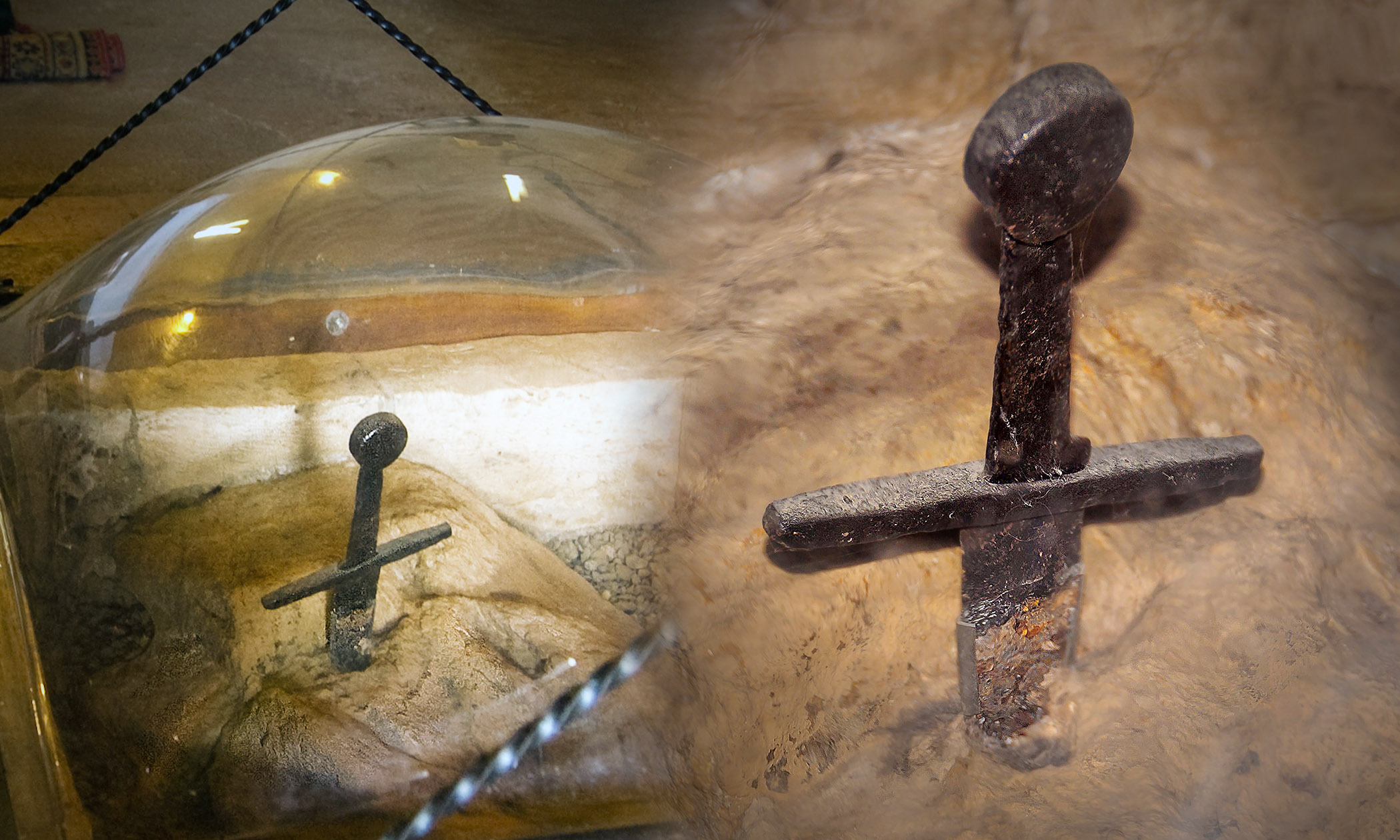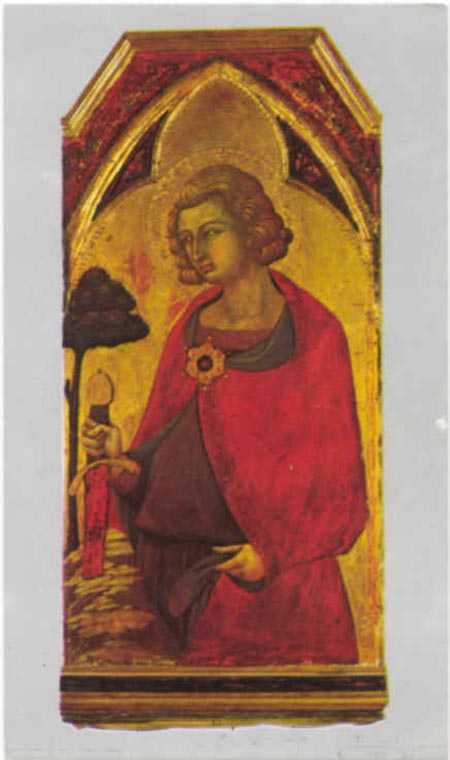The Sword in the Stone of Tuscany is one of Italy’s most intriguing and mystical landmarks, drawing comparisons to the legend of King Arthur. However, unlike Arthur’s legendary sword, Excalibur, the sword in Tuscany remains firmly embedded in the rock, with a story rooted in the spiritual transformation of a 12th-century knight, Galgano Guidotti. Located at Montesiepi Chapel near San Galgano Abbey, this historical artifact not only holds religious significance but also blurs the line between myth and reality.

The Legend of Galgano Guidotti
Galgano Guidotti was once a wealthy and violent knight living in the Tuscan countryside. According to the legend, in 1180, after experiencing a vision of Archangel Michael, Galgano underwent a profound transformation, renouncing his violent lifestyle in favor of a life devoted to faith. As a symbol of this renunciation, he plunged his sword into solid rock at Montesiepi Chapel. The sword, miraculously, sank effortlessly into the stone, forming a cross with the hilt—a remarkable symbol of his spiritual devotion.

Galgano’s actions were not just an expression of personal faith, but a symbolic gesture of surrender and peace. After this act, he chose to live out the remainder of his life as a hermit, devoted to a life of simplicity and prayer until his death a year later.
Scientific Validation of the Sword’s Authenticity
For many years, the Sword in the Stone was considered a mythical artifact, with skeptics dismissing it as a mere piece of legend. However, scientific studies conducted in recent years have confirmed the sword’s authenticity. The composition of the metal and its relation to the surrounding rock suggests that the sword dates back to the 12th century, precisely aligning with the time period of Galgano’s life. The sword has remained embedded for more than 800 years, and its existence provides tangible evidence of the legendary story surrounding Galgano’s spiritual journey.
The Mysterious Severed Hands
Adding to the mystery of the site, two severed hands are on display nearby, with a legend that claims they belonged to a thief who attempted to steal the sword. The story goes that the thief was attacked by wild wolves, leaving only his hands behind as evidence of his fate. While the authenticity of this story cannot be confirmed, it only enhances the mysterious and enigmatic nature of the site.

A Symbol of Peace, Faith, and Devotion
Unlike the legendary tale of King Arthur, where the hero pulls the sword from the stone to prove his worth, the Sword in the Stone of Tuscany remains firmly in place. This serves as a powerful symbol of peace, representing Galgano’s renouncement of violence and his commitment to a life of spiritual devotion. The sword is not an instrument of conquest but a representation of his faith and the transformative power of surrender.
A Lasting Legacy
Today, the Sword in the Stone continues to draw visitors from around the world, offering a unique glimpse into the intersection of history, legend, and spiritual symbolism. The site holds profound significance, standing as a testament to the transformative power of faith and the enduring mystery of ancient myths.
It is a destination that not only captivates visitors with its historical context but also inspires a deeper reflection on the balance between belief and legend, making it a must-see landmark for those interested in the mystical history of Italy and the eternal nature of faith. The Sword in the Stone of Tuscany remains a symbol of the devotion and humility that can emerge from the most unexpected places, and continues to blur the lines between reality and myth for centuries to come.

